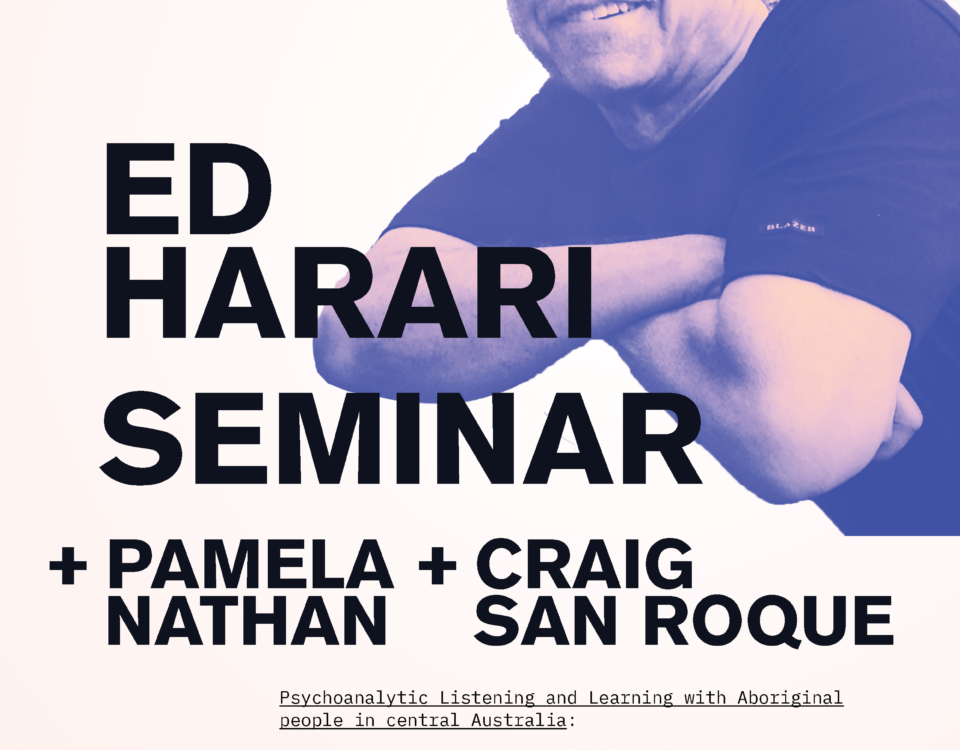Ramping up the bid to end truancy – considerations for success
March 24, 2014Sowing the seeds for a bountiful shared future
March 26, 2014By Pamela Nathan
Trent Dalton reports: “It spreads through our homes, schools, workplaces and online networks, an invisible contagion contributing to more than 2000 deaths a year.
For decades, social scientists posited loose theories on the existence of suicide contagion – that one person’s suicide could influence another person’s suicidal behaviour. Today, its existence is considered irrefutable and our children are its most vulnerable carriers.”
The most recent “causes of death” publication from the Australian Bureau of Statistics says that between 2007 and 2011, 53 children aged between 5 and 14 took their lives, a small number, the publication states, but “significant in terms of the proportion of all deaths within this age group”. In 2011 alone, 115 Australian teens aged 15 to 19 took their own lives.
Ms Jill Fisher, (founder of the 24-hour National Standby Response Service for families and friends bereaved through suicide, overseeing the only federally funded program responding to suicide contagion and clusters) said : “While there’s been, among most age groups, decreases in suicide, that age group between five and 14 was one of the few age groups that was increasing. Is this part of a worldwide phenomenon that we’re part of? Are there unique issues happening? It’s too early to know.”
In May last year, a study by Ian Colman, a researcher into mental health epidemiology at Canada’s University of Ottawa, and Sonja Swanson of the Harvard School of Public Health in the US, transformed global thinking on suicide contagion. The study of 22,000 Canadian children found 12 and 13-year-olds exposed to suicide at school or in their community were, said Dr Colman, “five times more likely to be thinking about suicide or to have attempted suicide themselves”.
“If you’ve got 1000 students at a school and one student dies of suicide, potentially 1000 kids could be affected by that death,” Dr Colman told The Weekend Australian Magazine, which interviewed several Australian families touched by the ripple effects of suicide, including one mother whose three children took their own lives using the same method.
Graham Martin is a child psychiatrist of 34 years’ experience working out of Brisbane’s Royal Children’s Hospital and the University of Queensland who was exploring suicide contagion in the 1980s when he studied 27 schools in South Australia that had experienced teen suicide. He found a group of roughly 10 individuals known to each person who had completed suicide who were themselves presenting with suicidal behaviours.
The report concludes with Professor Martin’s call for suicide awareness and resilience programs to be formally introduced into schools. “Contagion is irrefutable and I guarantee that if you went with a mental health professional to any high school in Australia and sit down with a school counsellor, you would be told of about 25 young people who are in deep trouble, half of whom are not getting services,” he said.
Suicide awareness and resilience programs can also be introduced into Aboriginal communities. The ripple contagion effect of suicide highlights the distress of youth who have lost a friend to suicide, their own individual vulnerabilities and often “weak” coping skills to understand and manage distress. Adolescence is a vulnerable age beset by jealousies and insecurities which may be embedded in cultural dislocation, eg wrong skin relations. Suicide programs in Aboriginal communities need to be developed by Aboriginal people where relationships are central and programs are delivered in a culturally directed and appropriate manner, where distress can be recognised and understood and coping skills “to make you strong” can be talked about and promoted. The message of CONTAGIOUS Suicide needs to be communicated widely.





